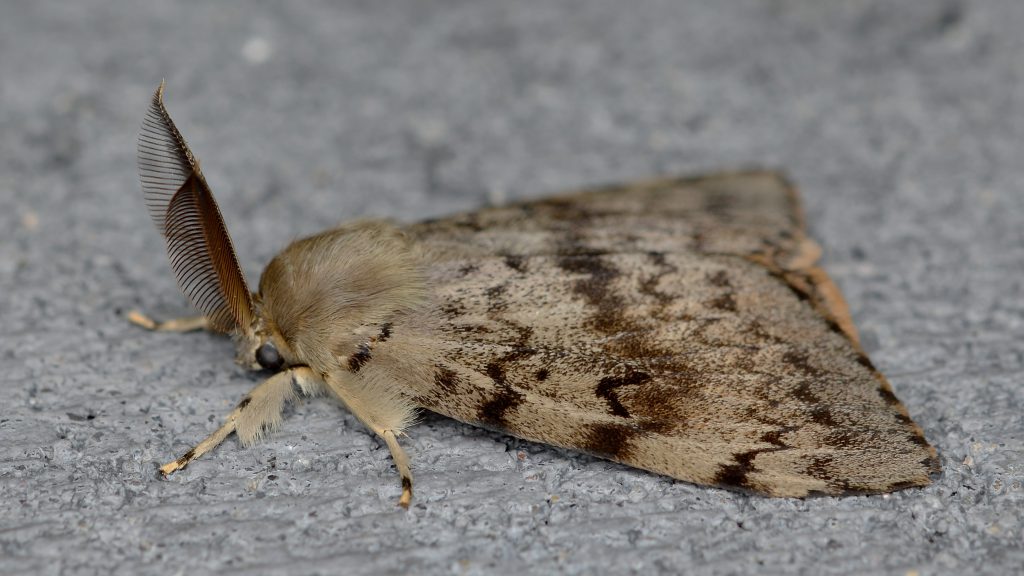
The Ldd moth (Lymantria dispar dispar L.) is native to Europe and is currently established in the Northeastern United States and Eastern Canada. You may find the insect in portions of Ontario, Quebec, New Brunswick, Prince Edward Island, and Nova Scotia. Ldd moth is not established in the western provinces. In order to prevent populations like those seen in the Eastern Canada from taking hold, aerial spraying sometimes takes place between April and June, paired with active monitoring. This year, in Ontario, from across Southern and Eastern Ontario, reports are pouring in of unusually high numbers of Ldd moth. The larvae (caterpillars) feed on foliage of a wide range of hardwood and some softwood trees. The Ldd moth has over 300 known host plant species. 150 of which are preferred hosts. Some of its favoured host tree species include oak, maple, birch, alder and hawthorne. Defoliation of the tree canopy in many areas across Ontario has been observed widely this year. Ldd moth is most destructive in its larval stage. A single caterpillar can eat an average of one square metre of leaf material over its life span. Repeated defoliation stresses trees and can lead to mortality, especially in urban or drought-stricken areas, and can weaken tree regeneration due to impacted seed production and root sprouting.
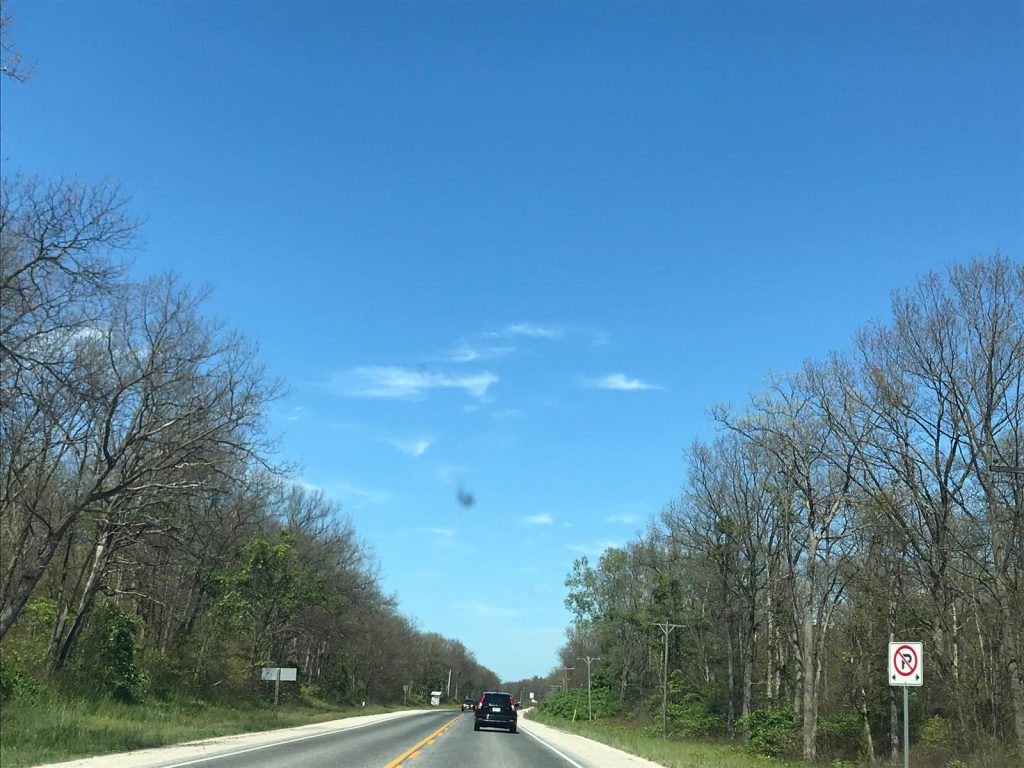
There are ways to stop the spread of Ldd moth. A naturally occurring bacteria called Btk, short for Bacillus thuringiensis kustaki, can kill the caterpillars and is non-toxic to humans, pets, birds, fish and other insects. Btk is what is used in aerial spraying programs and can be applied from the ground too. There are also biological control agents that affect Ldd moth which include a species of fungus, Entompophaga maimaigi, and the virus group, Nucleopolyhedrosis, or NPV. Both the fungus and the virus can infect large populations of Ldd moth, but only where either are present. Both have environmental factors that suit their natural occurrence during the Ldd moth life cycle. NPV, for example, spreads during a wet spring more than any other season. The virus has been used to develop a biological pesticide. Treatment with any of these methods, however, must coincide with the feeding stage of the caterpillars, which is nearly over for this year.
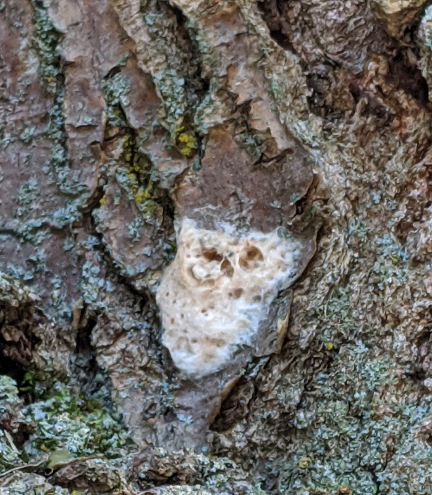
Soon the caterpillars will be beginning their pupal stage of their transition to adulthood. This stage lasts for 10 to 14 days after which the adults have less than 2 weeks to mate and reproduce before they die. Male Ldd moths have the ability of flight whereas females do not. If you live in an area where populations are high, the flight period is quite a spectacle, but what about management options at this stage in their life cycle? The good news is that you can reduce the number of caterpillars that emerge next spring by taking actions now. Burlap banding is great way to trap straggling caterpillars and flightless females for removal by hand. Wrap a piece of burlap cloth around the trunk of your tree, tie a piece of twine around the centre of the burlap, drape the burlap cloth over the twine so there is room for the caterpillars and adult moths to take refuge during the day, and lastly, check the trap and remove and transfer the insects to some soapy water for a few days and dispose. Click here for a video demonstration. If you find any pupating insects you may dispose of them too. After breeding the females will begin to lay their eggs. These eggs are left to overwinter and hatch in the following spring. Find egg masses on the underside of branches and on the trunks of trees. Ldd moth also prefers other hard surfaces like patio furniture, vehicles, garbage cans, children’s toys or fencing. Survey your property for the fuzzy tanned yellow egg masses. Keep some type of scraper handy if you come across any. A putty knife, a butter knife, a credit card or a paint scraper will work perfectly. Dislodge the egg mass from the surface with the scraper and drop the material in a solution of dish soap and water. This solution ensures that all material is no longer viable. Leave the egg masses to soak in the solution for around 24 hours and you are ready to discard them in with general household waste. Keeping your trees healthy and better able to ward off attacks can make a difference too. Give your trees some water during dry spells and protect their root zone in urban areas. In natural areas, good forestry practices will ensure healthier trees are better able to withstand stresses, like defoliation.
The best way to reduce the impact of invasive pests like Ldd moth is to work together with community members. Slowing invasive species spread from area to area at the local level makes a difference.
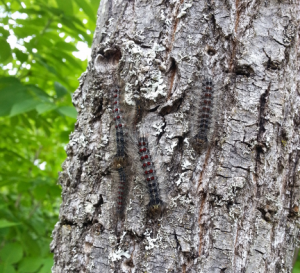
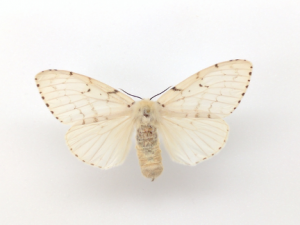
If you would like to learn more about Ldd moth find our species profile here.
